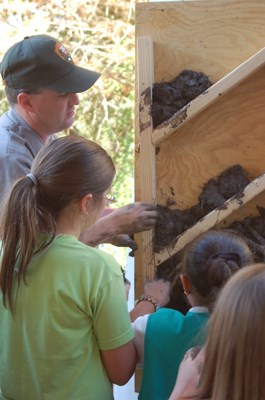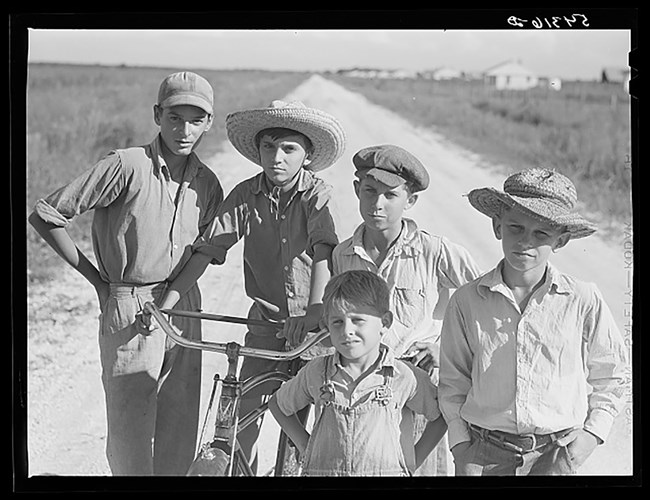
The three Acadian cultural centers of Jean Lafitte National Historical Park and Preserve share the stories and customs of the Acadians who came to Louisiana and became the Cajuns, people proud of their French roots who adapted to a new land and a new life. The Acadian story begins in France; the people who would become the Cajuns came primarily from the rural areas of the Vendee region of western France. In 1604, they began settling in Acadie, now Nova Scotia, where they prospered as farmers and fishers. Over the next century, the ownership of the colony of Acadie changed hands several times. In 1713, Great Britain acquired permanent control of Acadie, but many Acadians did not become cooperative British subjects, preferring to maintain their independence and refusing to swear allegiance to the British crown and church. In 1755, the British began the removal of the Acadians from their homeland. The "outlaws" were taken into custody by a British officer, then herded onto British ships setting sail for destinations unknown to the exiles. Le Grand Dérangement dispersed the Acadians to France, the Caribbean, Britain, and to British colonies along North America’s east coast. Many of the exiles were unhappy in their new homes and moved on. Some of them found their way to south Louisiana and began settling in the rural areas west of New Orleans. By the early 1800s, nearly 4000 Acadians had arrived and settled in Louisiana. 
Many lived in the bayou country where they hunted, fished, trapped, and lived off the bounty of the Mississippi River delta. Some moved beyond the Atchafalaya Basin onto southwest Louisiana’s prairies to raise cattle and rice. The new arrivals learned new skills and shared what they brought with them with the many peoples already in the area: American Indians, free people of color, enslaved Africans and their descendants, and immigrants from Europe, Asia, and North and South America. The Acadians became Cajuns as they adapted to their new home and its people. Their French changed as did their architecture, music, and food. The Cajuns of Louisiana today are renowned for their music, their food, and their ability to hold on to tradition while making the most of the present. For more about Cajun history and culture, visit Jean Lafitte's Acadian Cultural Center in Lafayette, Prairie Acadian Cultural Center in Eunice, and Wetlands Acadian Cultural Center in Thibodaux. You Might Also Like:
French & Cajun Words with Ranger Dave
Explore Cajun and French words with Ranger Dave and Friends. The Acadian Sites
|
Last updated: August 22, 2025



